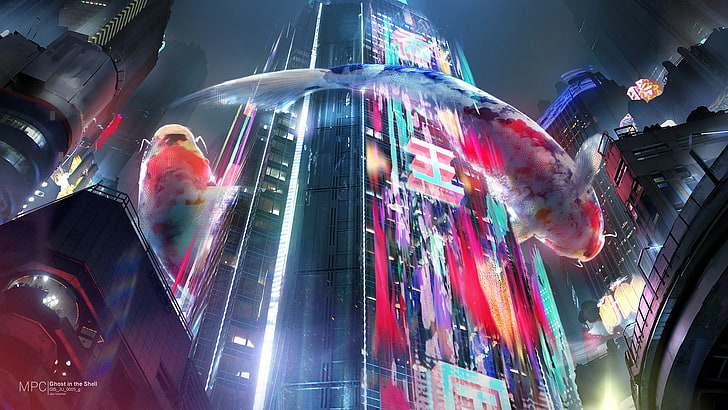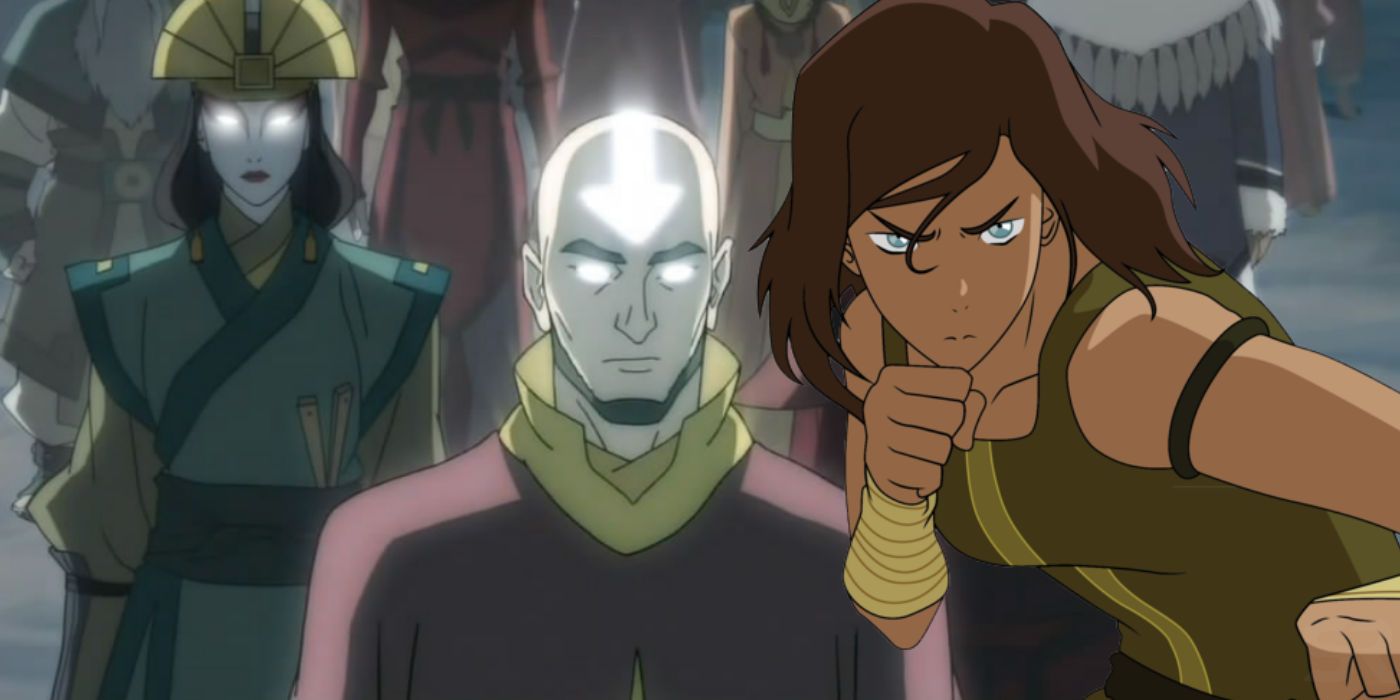Avatar: The Last Airbender showrunner separates greatest remixes and Koi-zilla
Albert Kim, showrunner of the surprisingly
realistic Symbol: The Last Airbender, realized his new series would be
dependent upon examination, given the fanatic fans who might presumably
dismantle each imaginative decision in what he calls to a greater degree a
remix as opposed to a severe variation of Nickelodeon's dearest energized work
of art. Now that the show is at last out on the planet following quite a while
of improvement, he invites it. "It's additionally exceptionally good to
have such countless individuals so contributed and energetic about the story.
I'd much prefer have that than be overlooked," Kim tells EW. "So
having the option to be in the very front of something to that effect is really
energizing. It's not possible to satisfy everybody, and as long as you
comprehend that it's all fair game, I'm glad that fans are having discusses and
talking about these subjects. I simply need to sit tight for them to do it
subsequent to seeing the show. And afterward I'm truly eager to see what they
discuss and what they like and could do without." On that note, now that
Symbol: The Keep going Airbender has debuted on Netflix, Kim separates the
absolute greatest true to life remixes.
The cost of Koi-zilla
When
Aang (Gordon Cormier) channels the Ocean Spirit at the Northern Water Tribe and
transforms into a giant koi creature made entirely of water, Kim knew they were
going to pull off Koi-zilla. "Amusing to me a few fans out there thought
we won't do Koi-zilla," Kim says. "How might you recount the story
without the Sea Soul animal?" Yet, he notes it was both a reasonable and
monetary test. "I realized we planned to do that closure, so we made
arrangements for that from the beginning of the time," he makes sense of.
"We planned on the sets we were going to build, the money needed for VFX,
the design of the creature, and making sure that all the storylines naturally
led up to that moment." It implied that he needed to single out what else
he could pull off on the show with the leftover assets. "The Air Sanctuary
episode has an astonishing fight in it, and I'm certain fans will go like, 'For
what reason didn't you do that?' I want to, yet it would have been that or the
Koi-zilla finale. So I needed to go with my decision there," he says.
Roku's Hallowed place was another model. "I love the arrangement in unique
where they sorted out some way to break the entryway," Kim reviews.
"However, when we got to that episode, we just didn't have the resources,
frankly, both financially and logistically, to be able to afford that in
addition to everything else we were doing in that episode."
Sorry, Flopsie
Among the Hidden little
goodies in Symbol: The Last Airbender are two sculptures that show up behind
the scenes of Ruler Bumi's (Utkarsh Ambudkar) palace in Omashu. They show up in
the similarity of Flopsie, who was Bumi's pet goat gorilla in the energized show.
"We never attempted to make Flopsie," Kim says. "Flopsie isn't
exactly a person. He's a pet, so it was anything but a colossal penance to not
have Flopsie." Bumi's circular segment marks one of the greater story
remixes in the true to life form. The first saw the Earth Realm ruler put Aang
through a progression of tests, while staying quiet about his actual way of
life as his cherished companion as a component of these preliminaries. That
data is uncovered front and center. "We discussed it a great deal in the
scholars' room, and yet, it didn't work for various reasons," Kim makes
sense of. "Bumi's point in the vivified series is to show that the Symbol
needs to basically confront the unforeseen, which we additionally get across in
our episode, as well. However, the characters' actions were what piqued my
interest the most. Bumi was a character who suffered greatly. He's wounded by
the way that his companion Aang wasn't there in that frame of mind of need. On
the other hand, Aang feels guilty for not being there for his friend when they
needed him. That, as far as I might be concerned, was significantly more
fascinating than the particular arrangement of difficulties that he needed to
go through. Carrying those characters to a profound head was where we began
from and afterward we constructed utilizing the components of the first
story."
Spirits
The season was planned out in
blocks of two episodes by the writers' room: 1 and 2, the Omashu storyline in 3
and 4, and the Northern Water Tribe setting in 7 and 8. That passed on 5 and 6
to start off the Soul World circular segment, besides there were different
re-weavings that wound up occurring accordingly. However at first more
independent in the enlivened unique, the true to life series consolidates the
storylines for Hei Bai, Koh, Roku's Sanctuary, and the Blue Soul all into one
overall plot. Researching the vanishing Earth Realm locals drives the Aang
posse to the Soul World, where Katara (Kiawentiio) and Sokka (Ian Ousley)
become caught by the face stealer known as Koh (George Takei)... which then
sends him to talk with Symbol Roku (C.S. Lee) at his sanctuary in the Fire
Country for guidance...which then gets him caught by June (Arden Cho) and taken
into Authority Zhao's (Ken Leung) custody...which then prompts Sovereign Zuko
(Dallas Liu) to free the Symbol dishonestly. "It was testing, yet it
wasn't any more so than the remainder of the time," Kim says. "Since
we realized we planned to reach the place where we saw the Agni Kai, there was
a great deal proceeding to set that up." The first series didn't
completely show the procedure occasions following the Agni Kai, the Fire
Country duel that saw Fire Ruler Ozai (Daniel Dae Kim) scar and exile Zuko from
the realm, yet the journalists utilized those minutes to additional hamburger
up Zuko's history. "Likewise, that is the one episode in the season where
basically Sokka and Katara are not in it. So it turned into a major Aang and
Zuko story," Kim proceeds. "When you looked at it that way, that meant
including the Blue Spirit, the Agni Kai, and new scenes like the one Ozai has
with Zuko after the Agni Kai when he exiles him. So it's a smidgen of perhaps
assembling the unique pieces and seeing where they throughout the fall. When
that's what you do, certain things just coherently make sense."
Past lives
Netflix's true to life
Symbol: The Last Airbender plays more with the folklore than the first's rookie
season. Visiting every one of the past Symbol's sanctuaries permits Aang to
community with them, and even permit them to assume control over his body, as
on account of Symbol Kyoshi. Accordingly, we get to meet both Kyoshi and Symbol
Kuruk notwithstanding Symbol Roku a whole lot sooner in the timetable. Before
Michael Dante DiMartino and Bryan Konietzko left the live-action project due to
unresolved creative differences, Kim claims he spoke with them. However, the
authors' room likewise profited from all the supplemental Symbol materials that
were delivered in the previous years, including the buddy books and comic
books. "A great deal of that stuff about those Symbols came from the
Kyoshi books," he says. "One of the Kyoshi books jabbers about Symbol
Kuruk, same with the personality of Kyoshi. The Symbols were valuable characters
all through the season since they had the option to go up against Aang and
voice his different contentions, both as manifestations of himself and as
characters all alone. Something you see is in episode 2 when he first
discussions to Kyoshi. We heaps of what happens when he meets Roku in the first
series and gave it to Koshi on the grounds that we really wanted that component
from the get-go in our series, to see the force of the Symbol." He
discussed with Konietzko and DiMartino the reason why the Avatar is the only
one who can restore equilibrium to the world. "He can master all four
elements, but isn't having four different benders the same thing?" 'No,
he's additionally got the Symbol State.' 'Indeed, what's the significance
here?' So in episode 2, we see the force of the Symbol,"




